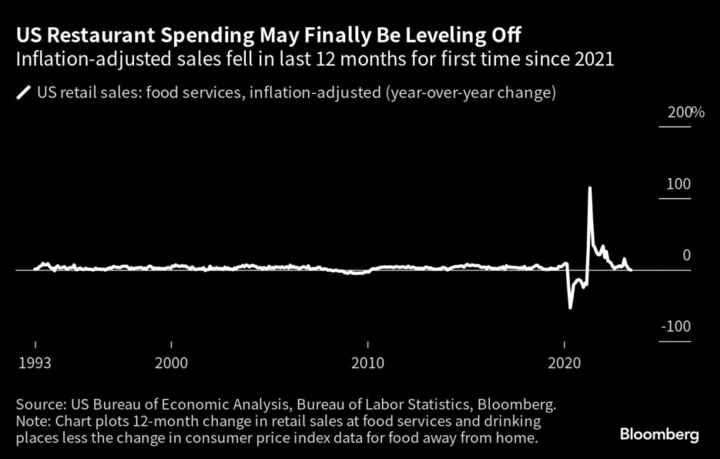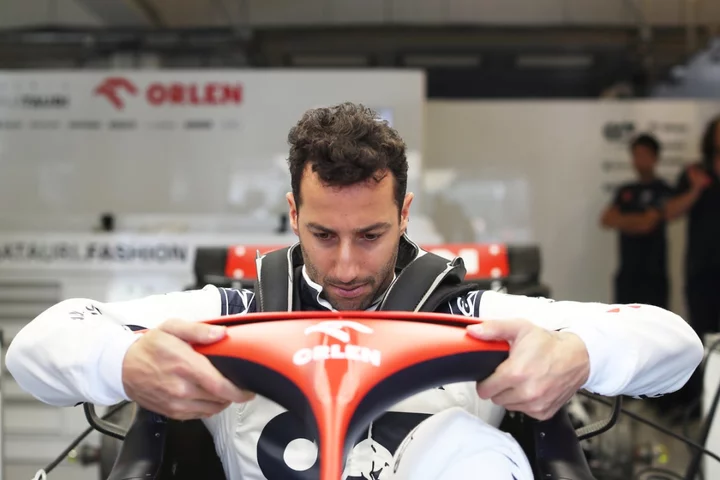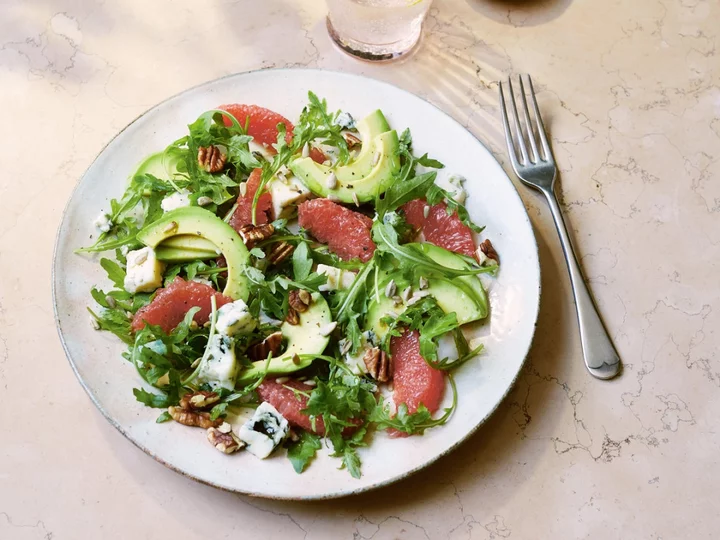
Mexico's native ethnic groups promote their heritage during Oaxaca’s biggest cultural festival
The festival of Guelaguetza – the biggest cultural event in southwestern Mexico – showcases the traditions of 16 Indigenous ethnic groups and the Afro-Mexican community
2023-07-25 20:15

China Is Rewarding Its Best-Behaved Citizens With Cheaper Travel
As China seeks to shore up its faltering economy, officials are rewarding citizens with travel discounts and offering
2023-06-15 09:45

California Halts Cruise's Self-Driving Cars Citing 'Risk to Public Safety'
California’s DMV is suspending Cruise’s permit to test self-driving cars in the state over concerns
2023-10-25 04:21

In Kentucky governor's race, Democrat presses the case on GOP challenger's abortion stance
Kentucky’s debate over abortion access is heating up the governor's race
2023-09-21 01:54

The Best Battery Life Laptops for 2023
How long a laptop lasts on its internal battery is one of the most important
2023-09-11 02:18

Wing of United flight clipped tail of Delta plane at Boston airport, officials say
The wing of a United Airlines flight clipped the tail of a Delta plane Friday evening at a Boston airport, federal aviation officials told CNN.
2023-06-17 10:18

What to stream this week: Annette Bening, Jason Aldean, Awkwafina, NKOTB and 'Blue Eye Samurai'
This week’s new entertainment releases include a studio album from Jason Aldean and a posthumous release from Jimmy Buffett, a new Hulu series inspired from Charmaine Wilkerson’s novel “Black Cake” and Annette Bening portrays a real-life hero who swam the treacherous passage from Cuba to Key West in 2013
2023-10-30 12:24

SpiceJet Is Most Delayed Indian Airline as Summer Rush Hits
Passengers on cash-strapped SpiceJet Ltd. are experiencing the most flight disruptions in India, the world’s fastest-growing aviation market.
2023-07-04 10:17

Retail Sales Show Reopening Boom at Restaurants May Be Ending
Consumer spending at restaurants in the US may finally be starting to level off following the pandemic-reopening boom,
2023-06-16 01:16

Panic Buyers Load Up on Rice Supplies as India Bans Exports
India’s move to ban certain rice exports has sparked some panic buying in various countries, with videos on
2023-07-25 16:17

F1 Hungarian Grand Prix LIVE: Practice updates and lap times as Daniel Ricciardo returns
The Formula 1 paddock returns to Budapest this weekend for the Hungarian Grand Prix at the popular Hungaroring circuit. Max Verstappen is looking for a seventh grand prix victory in a row at a track where he won last year from 10th on the grid. The Dutchman is cruising to a third world championship this season, currently holding a 99-point to Red Bull team-mate Sergio Perez in second. EXCLUSIVE INTERVIEW: Daniel Ricciardo is back – and this time he wants to go out on top Yet the biggest talking point this weekend is Daniel Ricciardo’s return to the grid with AlphaTauri. The Australian, dropped by McLaren last year, replaces Nyck de Vries for the remainder of this season and starts at a track where he claimed his second F1 victory in 2014. Lando Norris will be hoping to back up his strong performance for McLaren at Silverstone two weeks ago, a race where Lewis Hamilton finished third for Mercedes. Hamilton is an eight-time winner in Hungary. Follow live updates from the Hungarian GP with The Independent Read More Lewis Hamilton reacts to Nyck de Vries axing: ‘That’s how Red Bull work’ Daniel Ricciardo is back - and this time he wants to go out on top Nyck de Vries breaks silence after AlphaTauri exit
2023-07-21 17:24

55+ Walmart Black Friday Deals: Start Saving Right Now
Black Friday is going down and there are some truly amazing deals that you can
2023-11-24 19:59
You Might Like...

3 new iOS 17 features dropped this week that you likely missed

Musk Strips Headlines Out of News Organizations’ Posts on X

Elon Musk's brain implant company Neuralink says the FDA has approved human trials

The secret side of the Mediterranean -- by boat in Turkey

I Found The Best Seamless T-Shirt Bra — & R29 Readers Get A Discount

Simple summer salads: Roquefort, rocket and pink grapefruit

'I am innocent': Anthony Sanchez's last words before being executed for the 1996 murder of OSU student Juli Busken

UK homebuilders under pressure as lofty mortgages deter first-time buyers
